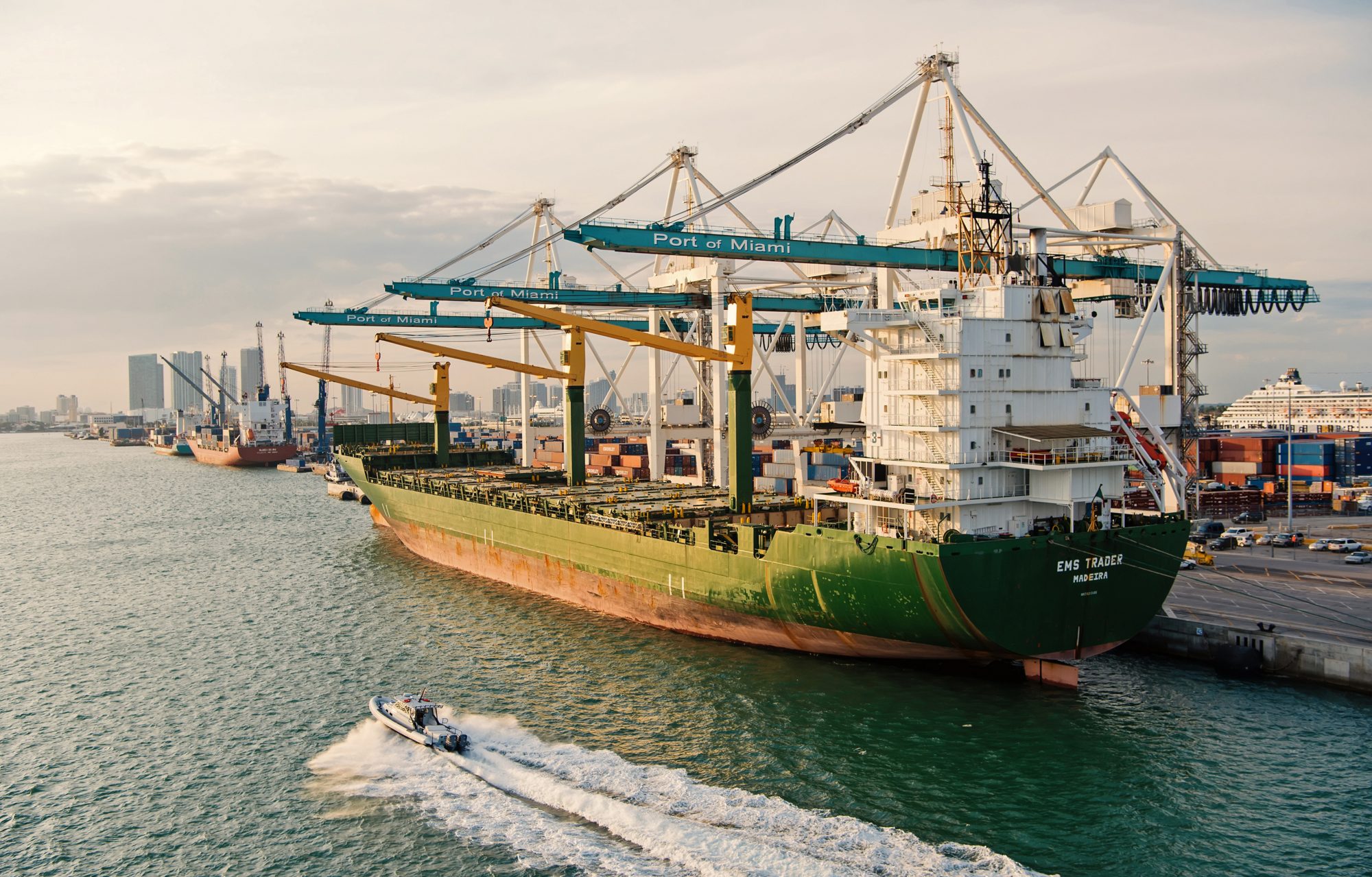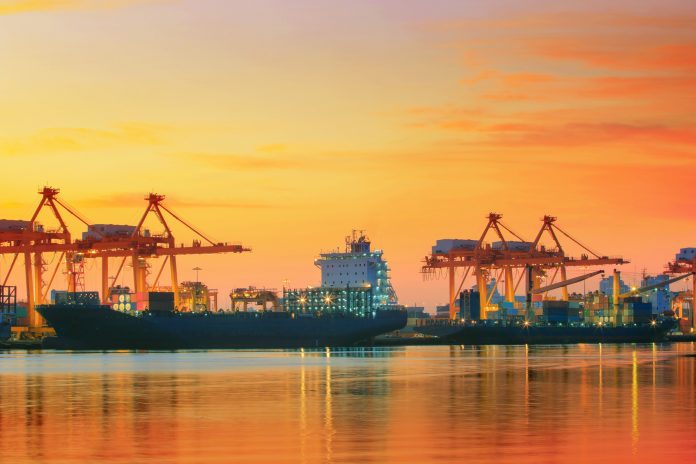Mateusz Szymański, Member of the European Economic and Social Committee, examines safety standards in maritime transport
Safety above all. This is the slogan behind the work to clarify EU regulations on the stability of ro-ro passenger vessels in a damaged condition. The proposal is part of a larger package of legal changes in the area of maritime safety standards, which has been under discussion since 2017. The aim of the legislative reviews now under way was to simplify existing regulations in the spirit of REFIT. Work on changes to the stability of ro-ro ships in damaged condition was postponed due to the ongoing parallel work at the International Maritime Organization (IMO) on stability standards for passenger ships in damaged condition.
Once these were adopted (through the SOLAS Convention), it became necessary to make the parallel regulations more consistent. The aim was, on the one hand, to simplify the regulations to make them easier to apply, monitor and enforce and, on the other hand, to maintain the highest possible safety standards. The Commission made it clear that the changes could be implemented provided that the current level of security laid down in EU law was at least maintained. If this review did not take place, there would be two overlapping systems for assessing the survivability of ro-ro passenger ships in damaged condition. It can be assumed that this would lead to significant burdens on the industry and regulatory chaos.
The impact of the 1996 Stockholm Agreement
It is worth noting that the Directive, as well as the discussion on the stability of this type of vessel in a damaged condition, derive from the 1996 Stockholm Agreement. These, in turn, were a response to one of the biggest maritime disasters in Europe, the sinking of the MS Estonia. Roll-on/roll-off vessels are, by their very nature, more vulnerable to flooding than other passenger ships. They are vessels with relatively small draughts and a high centre of gravity. In addition, they have a high freeboard, use the cargo door as a ramp, lack bulkheads, have high location points for lifeboats and life rafts, and errors due to cargo stowage and uneven loading are possible.
In principle, the Commission’s proposals can be welcomed. The problem is the temporary nature of the solutions put forward by the Commission and an element of inconsistency. Firstly, the Commission has scheduled a review of the rules after 10 years. This in itself is not controversial, but a revision of the rules has already been announced. One might ask why after 10 years, rather than when it makes sense to do so. After all, constant monitoring of the regulations is assumed.

Changes in regulation in a short periods of time introduces uncertainty
Furthermore, why is it assumed that there will be a revision? In an industry such as water transport, investments have a long-term perspective. Thus, the spectre of a change of regulations in a relatively short period of time introduces uncertainty and may discourage investment in new vessels. We know that these are necessary because of increasingly stringent environmental requirements. Changes should take greater account of the realities facing the industry.
Furthermore, although the Commission stipulated that the revision of the Directive would harmonise systems, in its proposal it presented transitional solutions with two alternative systems for assessing stability in damaged condition, according to the criteria laid down in the proposal. This seems to be the wrong solution. It would make more sense to clearly define a time limit for the construction of a vessel and the application of the new rules to new vessels. On the other hand, after the transitional period, the rules should be fully harmonised. This would simplify the application of the rules and reduce the technical and administrative burden.
Simplifying the application of the rules
It is worth noting at this point that it is important for the evaluation to be carried out with the participation of those who apply the regulations most in practice. It is therefore suggested that the institutions regulating these issues should be consulted on an ongoing basis with a view to improving safety. This is important in view of climate change, which is causing ever stronger changes to the weather and, as a result, frequently exposing shipping to extreme conditions.
Finally, one comment not directly related to the content of the document but relevant from an audience perspective. Although written in the spirit of REFIT, the draft was extremely difficult to evaluate because of how it was edited. Each successive page provided new guidelines on how to classify entities in terms of the systems applied to them. Instead of clear solutions, there was a lot of doubt and confusion.











